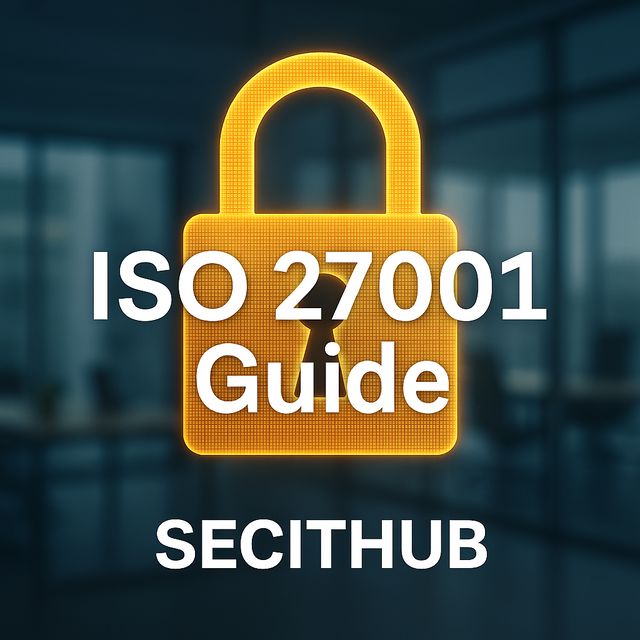The Power of Open Source
Open-source software has transformed the world of development, fostering collaboration, innovation, and community-driven progress. From Linux to Kubernetes, open-source projects power the backbone of modern technology, making them essential for developers looking to grow their skills and contribute to something meaningful.
But how do you get started? What platforms should you use? And why should every developer consider being part of an open-source community? In this guide, we will walk through the fundamentals of joining an open-source project, the benefits, and the steps to becoming an active contributor.
Why Every Developer Should Contribute to Open Source
Open-source contribution isn’t just about writing code; it’s about learning, networking, and making an impact. Here’s why it matters:
- Skill Enhancement: Working on real-world projects improves coding skills, debugging abilities, and familiarity with different programming paradigms.
- Networking Opportunities: Developers collaborate with experienced engineers from leading tech companies like Google, Microsoft, and Red Hat, building strong professional connections.
- Building a Portfolio: Contributions to well-known projects showcase experience and expertise, making it easier to land jobs and freelance opportunities.
- Giving Back to the Community: Many open-source projects provide tools and software used worldwide. Contributing helps sustain and improve these resources for everyone.
- Staying Updated with Industry Trends: Open-source projects often implement cutting-edge technologies before they become mainstream.
Choosing the Right Open-Source Project
Not all open-source projects are the same. Finding the right fit depends on your interests, experience level, and goals. Here’s how to choose a project that suits you:
Identify Your Interests
- Do you prefer backend development, frontend frameworks, or DevOps tools?
- Are you interested in AI, cybersecurity, or blockchain?
- Do you want to contribute to a project that aligns with your career goals?
Consider Your Skill Level
- Beginner-Friendly Projects: Look for repositories labeled with good first issue or beginner-friendly tags.
- Intermediate to Advanced Projects: If you’re comfortable with large codebases, consider projects like Kubernetes, TensorFlow, or PostgreSQL.
Evaluate Project Activity & Community
- Check the GitHub repository or other hosting platforms for recent commits, active maintainers, and open issues.
- Look for strong documentation—a sign of a healthy, welcoming project.
- Join the community discussions on platforms like Slack, Discord, or mailing lists to assess engagement.
Where to Find Open-Source Projects
There are several platforms where you can discover open-source projects:
- GitHub (github.com) – The largest open-source platform, hosting millions of repositories across different programming languages.
- GitLab (gitlab.com) – Another great platform with CI/CD integrations and enterprise-friendly features.
- Open Source Guide (opensource.guide) – A comprehensive resource on contributing to open-source projects.
- Red Hat Open Source Community (redhat.com) – A leading open-source enterprise offering contributions in cloud computing and Linux.
- Apache Software Foundation (apache.org) – Home to projects like Kafka, Hadoop, and Spark.
- Linux Foundation Projects (linuxfoundation.org) – Supporting enterprise-grade open-source initiatives.
How to Join and Contribute to an Open-Source Project
Step 1: Set Up Your Environment
- Install Git and set up an account on GitHub or GitLab.
- Familiarize yourself with version control and pull request workflows.
- Read the project’s README.md and contribution guidelines.
Step 2: Start Small
- Look for documentation improvements—fix typos, enhance explanations, or translate documentation.
- Work on beginner-friendly issues like simple bug fixes or small enhancements.
Step 3: Engage with the Community
- Join the project’s discussion forums, Slack channels, or Discord servers.
- Attend community calls and developer summits if available.
- Ask questions but always check existing documentation and discussions first.
Step 4: Submit Your First Contribution
- Fork the repository, create a new branch, and make your changes.
- Follow the project’s code style and documentation standards.
- Submit a pull request (PR) and wait for feedback from maintainers.
- Be open to constructive criticism and make requested changes.
Step 5: Take on Larger Issues
- Once comfortable, tackle more complex bugs, features, or performance optimizations.
- Review other contributors’ code to learn and improve your own coding practices.
Step 6: Become a Recognized Contributor
- Continue contributing regularly and build a reputation within the project.
- Eventually, you may get commit access or become a project maintainer.
Case Study: A Successful Open-Source Contribution
In 2019, a junior developer, Sara T, contributed to the React.js project by improving its documentation. Her contributions led to her being recognized by the React Core Team, and within two years, she became an official maintainer. Today, she speaks at conferences and mentors new contributors.
This highlights how a simple contribution can evolve into a thriving career opportunity.
Challenges and How to Overcome Them
- Imposter Syndrome? Remember, everyone starts somewhere. Ask questions, learn, and contribute at your own pace.
- Facing Rejection? PRs may get rejected. Treat feedback as a learning experience, refine your code, and try again.
- Time Management Issues? Start with small contributions that fit your schedule
Your Open-Source Journey Starts Today
Joining an open-source project is one of the best ways to enhance your skills, expand your network, and make a meaningful impact on the tech community. Whether you’re fixing a typo in documentation or building complex features, every contribution matters.
If you haven’t started yet, find a project, make your first PR, and become part of something bigger than yourself!


